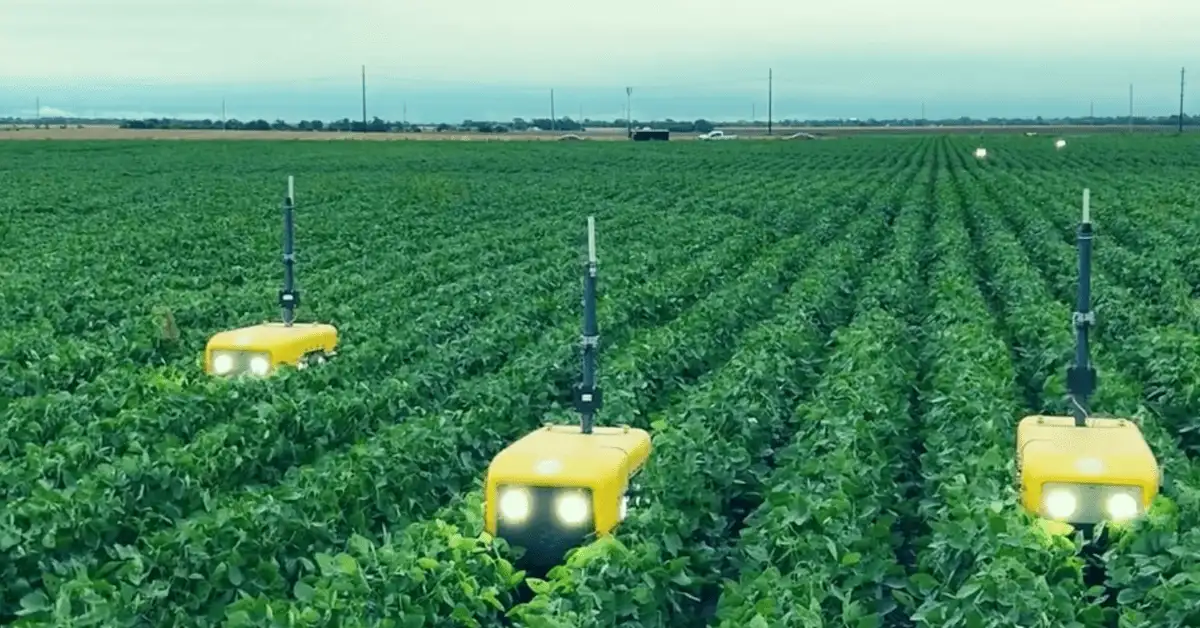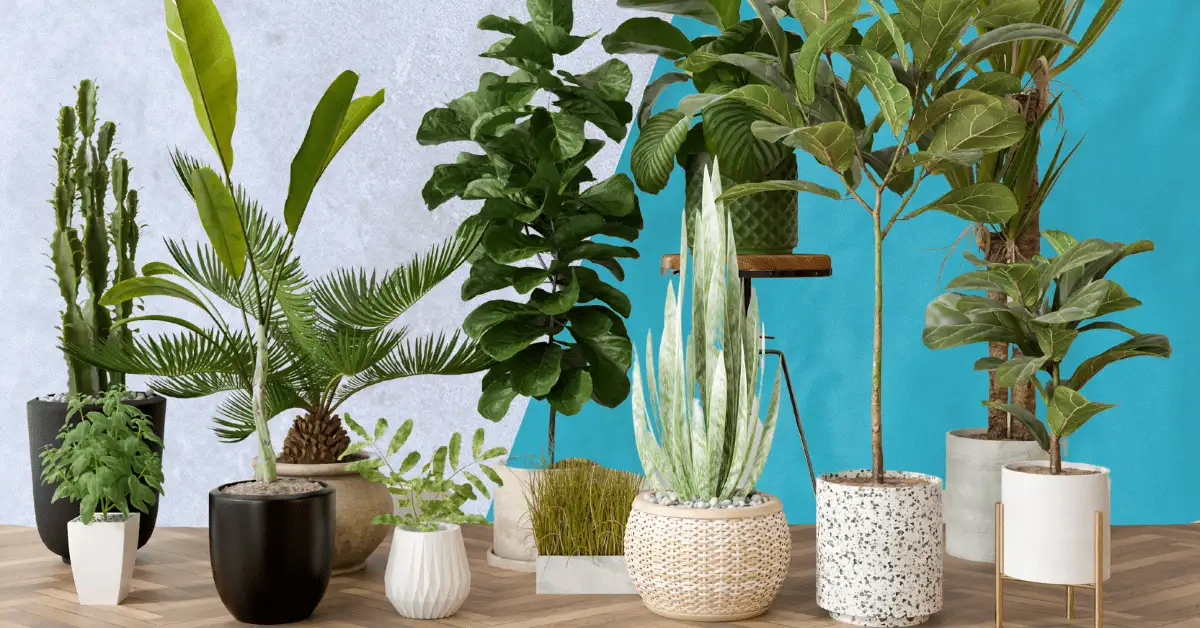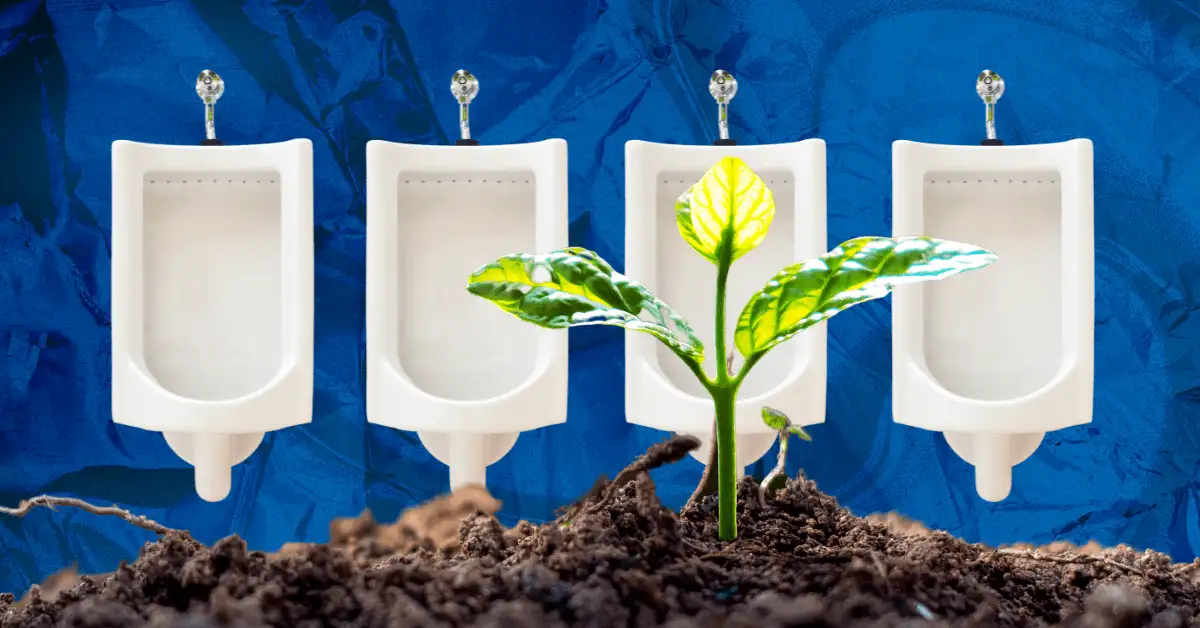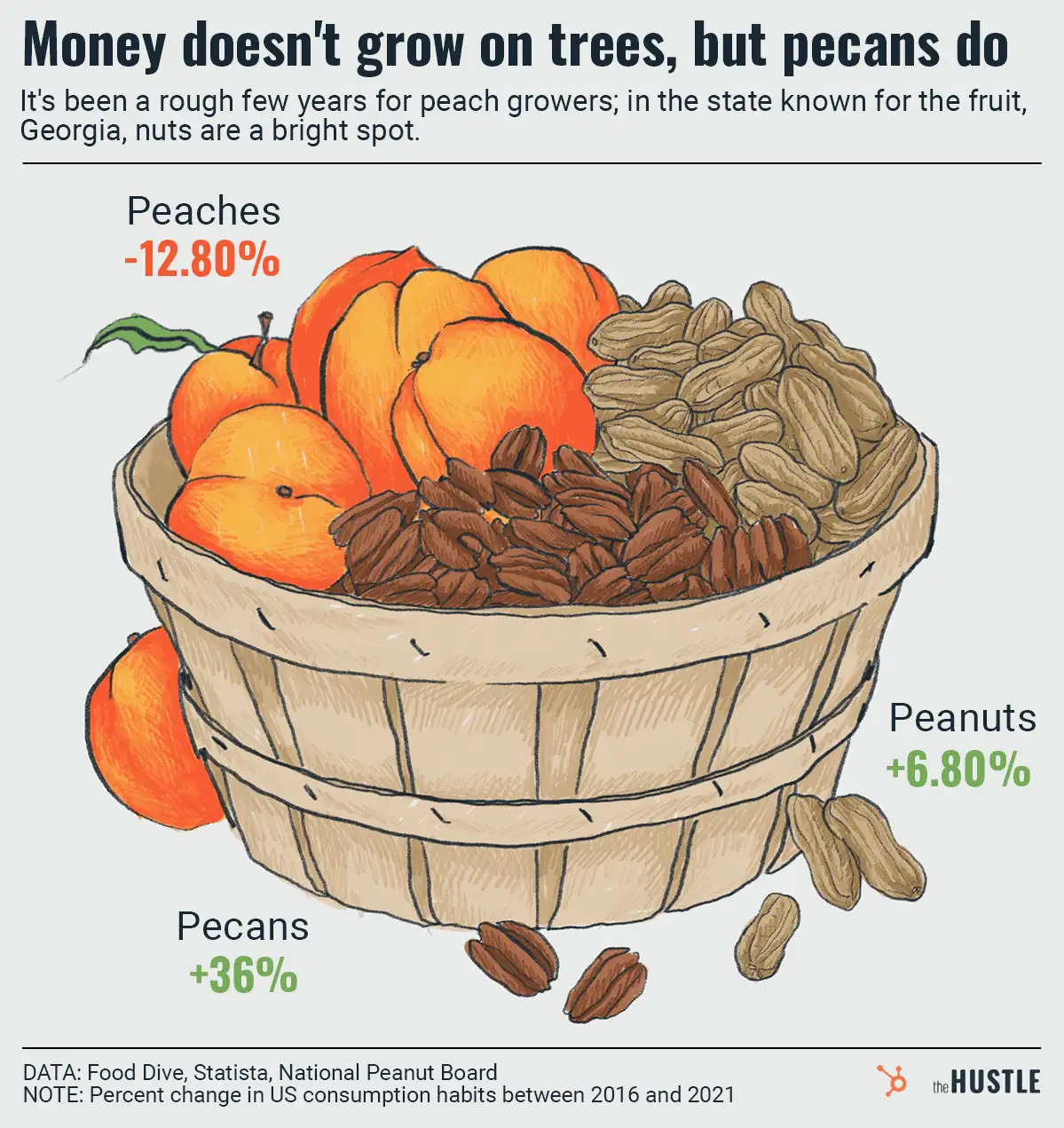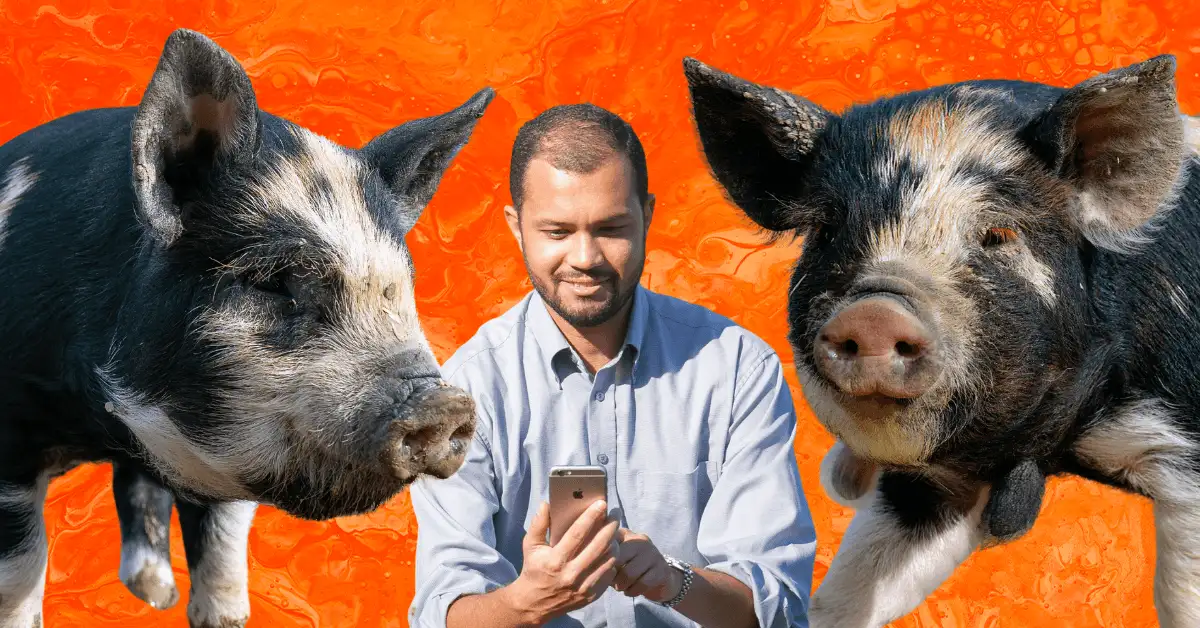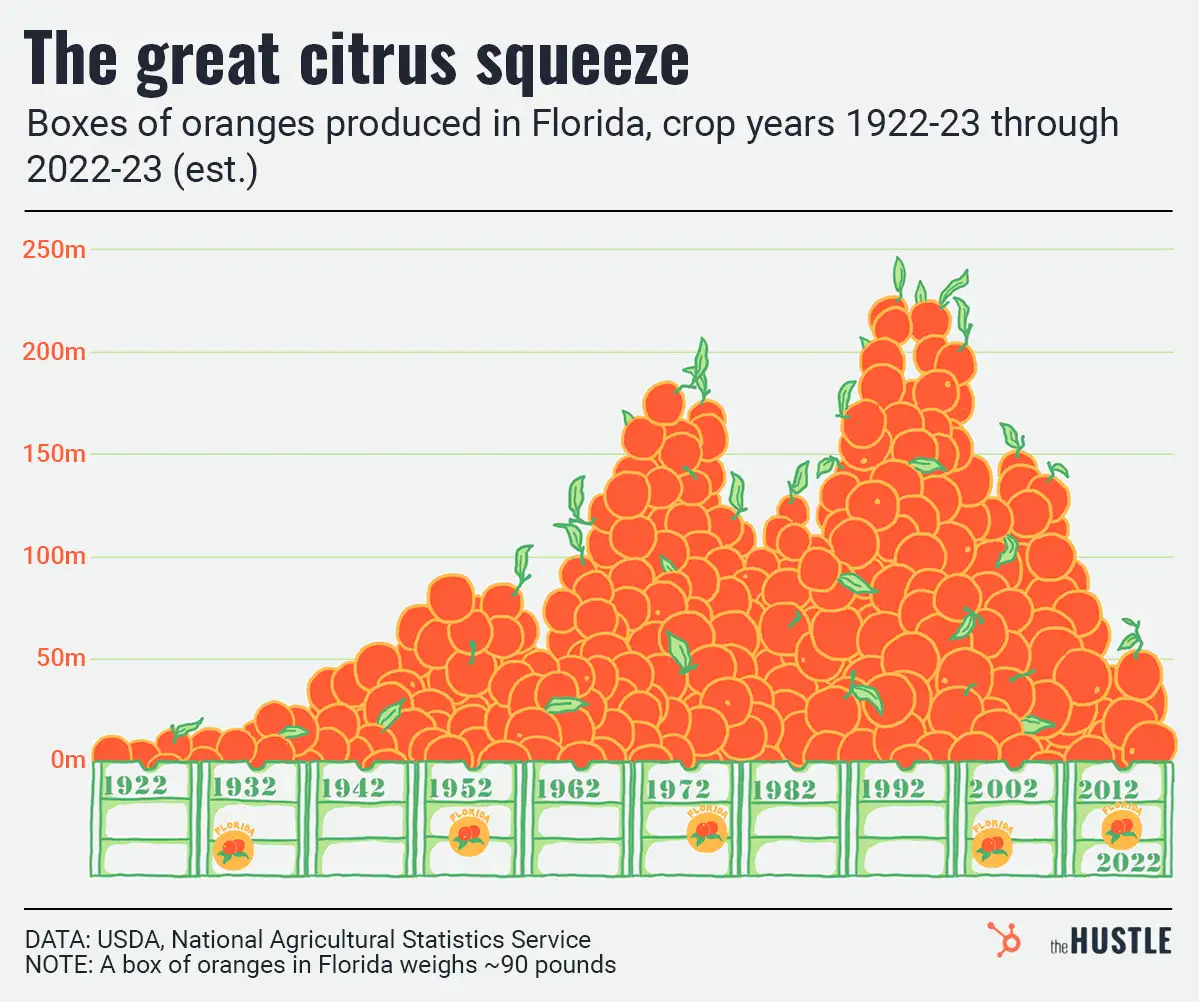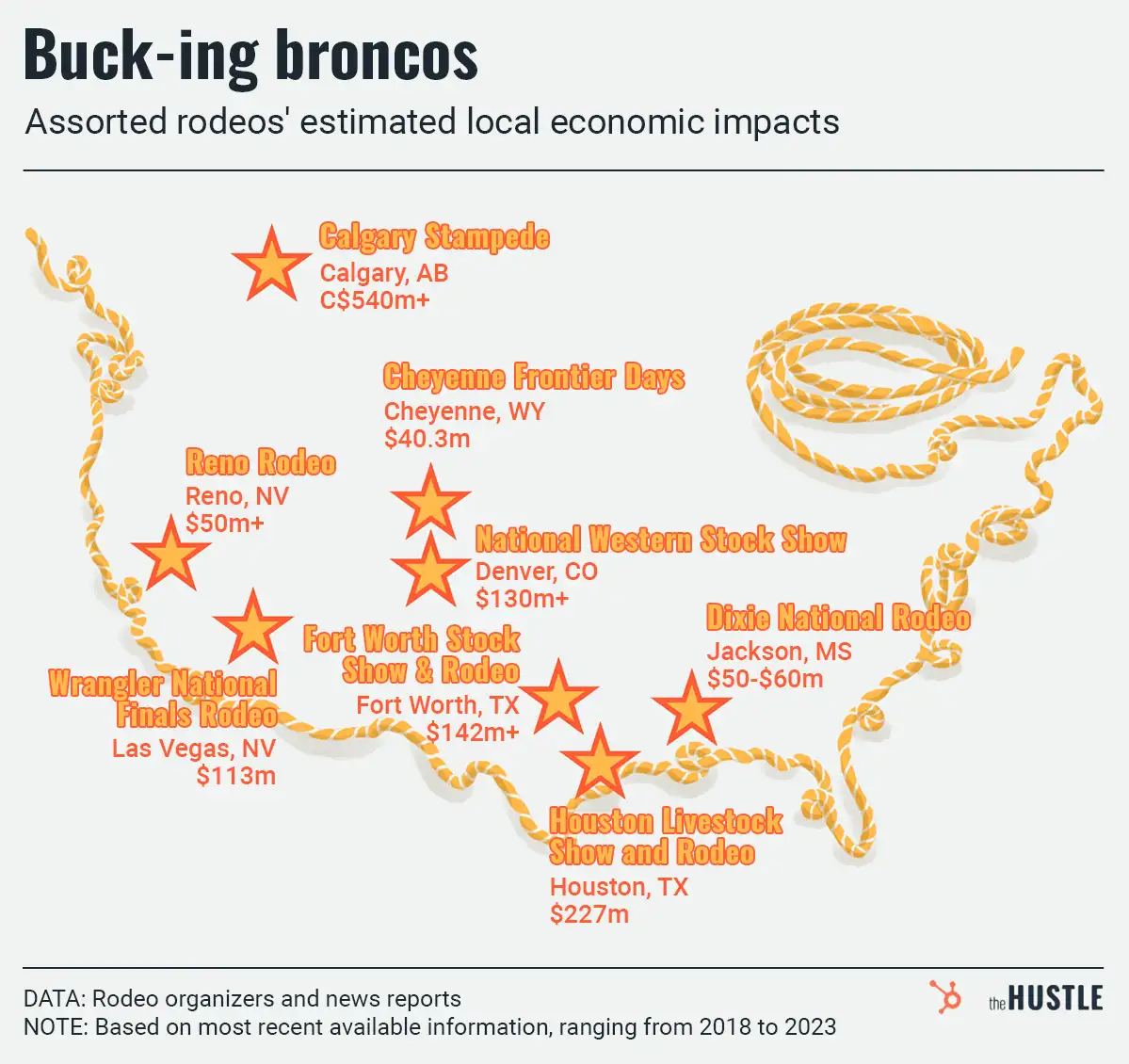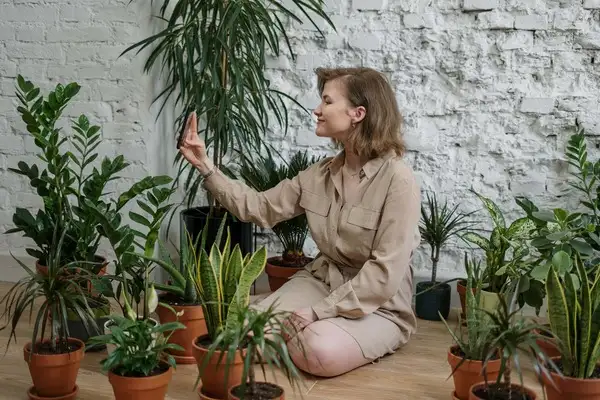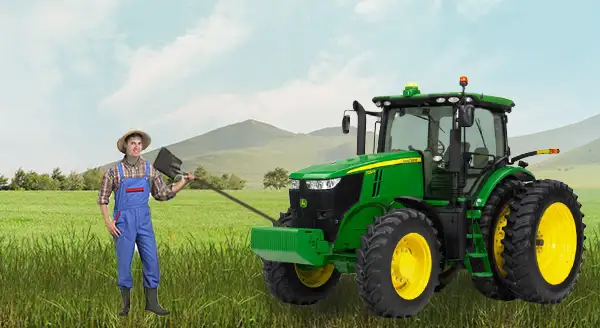By 2050, the world’s population will increase by 2.2B and 68% will live in cities, up from 55% now.
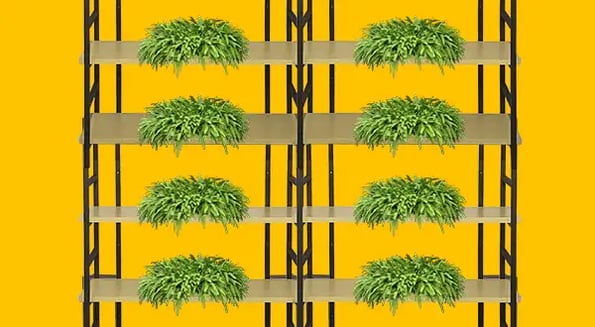
That’s a problem for food, which, unlike people, is staying still. In the US, for example, ~100% of lettuce grows in California and Arizona. The result: distance, time, and distribution account for 20%-35% of produce costs.
This imbalance is particularly notable in China, where rapid urbanization means the country now has 21% of the world’s population but just 9% of the arable land.
The solution: Build farms up
The next generation of farms are indoors and vertical. “Vertical farms” work like parking garages.
Many don’t use soil; they use materials and sensors that mimic natural environments.
Because they can operate 24/7 and recycle water, the efficiency is f*cking ridiculous: 350x the traditional farm harvest with just 1% of the water.
Midway through this year, indoor farming VC investments were already up 403.4% YoY to $2.7B.
Where’s this happening?
Globally. Major projects can be found in:
- Newark, where AeroFarms has a 70k-square-foot facility growing ~2m pounds of produce annually.
- Abu Dhabi, where the government is offering $150m in incentives for vertical farmers to come build.
- China, where plans are in place for a 51-story office tower doubling as a vertical farm that’ll produce enough crops to feed 40k people each year.
Sounds great. What’s the catch?
Economics, as always
It’s not cheap to build a high-tech super-farm, and it doesn’t make sense to grow every plant in one. One Cornell professor calculated a loaf of bread made from indoor-grown wheat would cost $11.
Costs will likely drop over time. At the same time, innovation will rise.
In 2012, ~60% of traditional farmers were older than 55. Last year, 70% of vertical farmers were younger than 40.
That’s not to say that older folks can’t innovate, but that younger folks are bringing some new ideas to a ~10k-year-old industry.
(Have any thoughts about vertical farms? Let us know here.)

